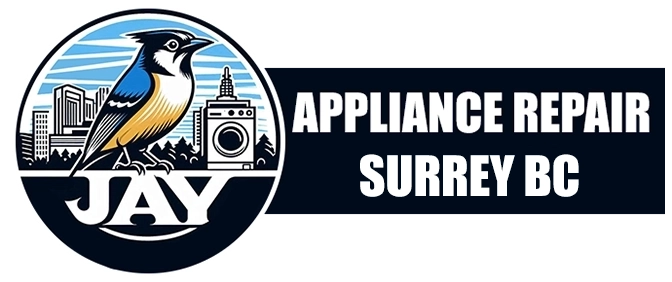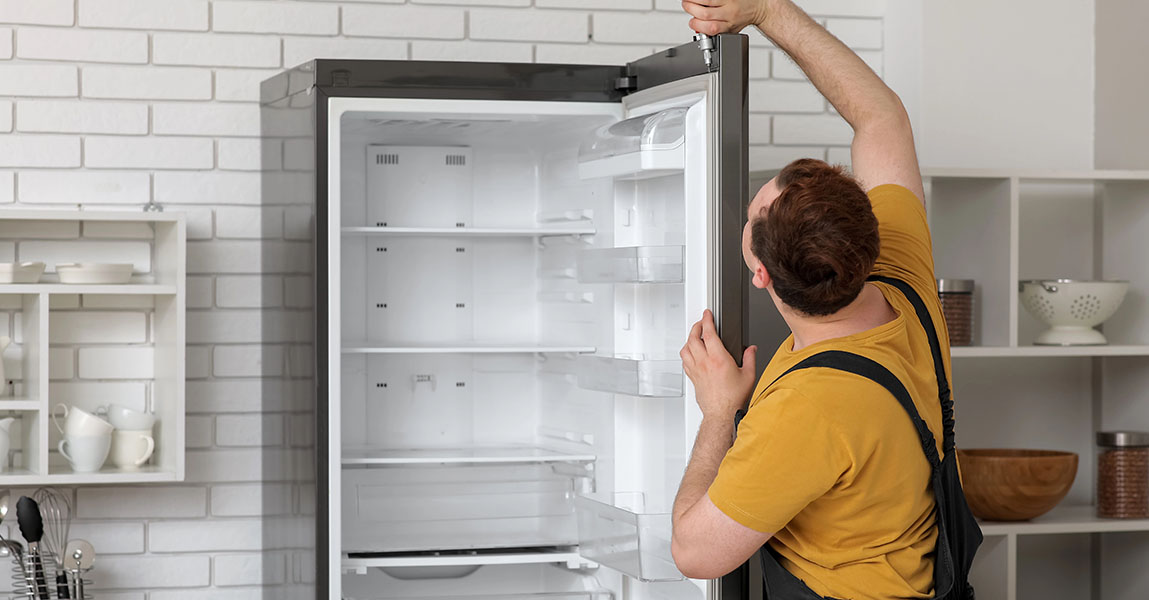Why Frost Forms on Evaporator Coils
We often get asked why frost suddenly builds up inside a fridge or freezer. The main reason is moisture in the air. When warm air enters the compartment, it hits the cold metal surface of the evaporator coil. This causes condensation which then freezes. A small layer of frost is normal. The trouble begins when the frost gets thick enough to form a solid sheet of ice. At that point, air can no longer move through the coil, and cooling performance drops.
How Blocked Coils Affect Cooling
Thick frost creates a barrier between the coil surface and the air that needs to circulate. The compressor may still run, but without airflow across the frozen coil, the cold stays trapped. That means food compartments warm up even though the unit is working harder. Ice can also weigh down the coil and surrounding parts, leading to strain on the fan motor. We have seen situations where an entire fridge loses efficiency simply because of unchecked frost buildup.
Early Warning Signs to Watch For
Recognizing issues before frost gets out of control makes a big difference. One common sign is a steady rise in temperature inside the fridge even while the freezer seems too cold. Another clue is a humming fan that suddenly grows louder, then quieter, as ice blocks the blades. Sometimes water drips at the bottom of the compartment when the ice melts in cycles. Our team suggests looking behind the back panel if you hear unusual noises or notice uneven cooling patterns.
Common Causes of Coil Frosting
Several issues can trigger heavy frost. A faulty door gasket is a major one since it allows humid air inside. A blocked drain line can also hold water that freezes onto the coil. In some cases, the defrost timer or heater fails, leaving ice to accumulate unchecked. There are times when a failing thermostat or sensor misreads the temperature, causing the system to run longer than needed. Each of these causes requires different solutions, so identifying the root problem is important.
Why Defrost Systems Matter
Modern fridges are built with automatic defrost cycles for a reason. These cycles briefly warm the coil enough to melt thin frost before it becomes a problem. If the cycle stops working, frost piles up quickly. That is why checking the defrost heater and timer is part of our inspection process. We know that one small electrical failure can trigger a chain reaction of cooling issues. Understanding this system helps us explain why some problems cannot be solved by simply unplugging the unit for a day.
Steps to Safely Defrost Coils
If frost has already taken over, the safest way to handle it is a full defrost. Unplug the unit, remove food, and let the ice melt naturally. Placing towels on the floor helps catch dripping water. Some people try scraping the ice with sharp tools, but this often damages the coil fins or punctures a refrigerant line. We always recommend patience instead of force. In urgent cases, setting bowls of hot water inside the compartment can speed up melting without risk to the coil.
How Airflow Keeps Cooling Balanced
Once frost is cleared, airflow becomes the next key factor. Evaporator coils rely on a fan to move chilled air evenly across shelves. If frost covers the blades or blocks the duct, warm spots appear in the fridge. Good airflow also prevents excess moisture from settling in one area. When airflow weakens, frost tends to build faster, creating a cycle that repeats. By ensuring fans and ducts stay clear, we extend the time between defrost cycles and keep temperatures steady.
The Role of Regular Maintenance
We know from experience that routine maintenance prevents many frost issues. Checking the door seal, keeping vents clear, and cleaning condenser coils all help the system run smoothly. Even small habits, like avoiding long periods with the door open, reduce moisture inside. Our team often reminds people that simple steps can prevent costly problems later. When frost starts becoming a pattern, it usually signals that professional service is needed. For residents who need proper fridge repair Surrey, solutions are available before bigger failures occur.
What Homeowners Should Avoid
There are certain mistakes we see repeated. Using a hairdryer directly on coils is risky because concentrated heat can warp or melt plastic parts. Pouring boiling water is another hazard since sudden temperature changes may crack the liner. Some people unplug the fridge for just a few hours, only to find frost returning the next day. Quick fixes rarely solve underlying causes. We encourage careful handling, because one accident can turn a simple frost issue into a full replacement job.
When to Call for Professional Help
If frost returns within days or weeks after defrosting, it is no longer a simple moisture problem. At that point, sensors, heaters, or control boards may be failing. We know how frustrating it is when food spoils even after multiple attempts to fix the issue at home. That is when reaching out for appliance repair in Surrey makes sense. Experienced technicians can test parts with proper tools and replace them safely. Handling it early also prevents energy waste from a constantly running compressor.
Practical Tips for Prevention
After repairs, prevention becomes the goal. We suggest storing food in sealed containers to limit moisture release. Keep the freezer no more than three-quarters full, as airflow suffers when packed too tightly. Make sure the fridge sits level, because a tilted cabinet can stop the door from sealing fully. Cleaning the back panel once or twice a year also keeps dust from stressing the cooling system. These small steps may sound simple, yet they often make the biggest difference in daily performance.
Contacting Our Team
Frost covering evaporator coils can be tricky, but it does not need to become a long-term headache. If you notice ice blocking cooling or suspect your defrost system is failing, reach out for guidance. Our team at JAY Appliances is ready to help with the right tools and knowledge. For reliable service and quick scheduling, contact us today. Taking action early means fewer spoiled groceries, lower energy bills, and peace of mind knowing your fridge is back to working as it should.
Frequently Asked Questions
Why does frost form more in humid weather?
Moisture levels rise in the air during humid days, and when that air enters the fridge, it condenses quickly on cold metal surfaces. This creates more frost than usual.
How often should I check my fridge for frost issues?
It is wise to check every few weeks, especially if you notice temperature changes or unusual noises. Regular checks help catch small problems early.
Can a bad door seal cause repeated frosting?
Yes, a damaged seal lets warm moist air inside, which freezes on the coils. Replacing the seal often prevents further buildup.
Is it safe to use a heat gun to melt frost?
No, concentrated heat can damage plastic liners or warp parts. Allowing ice to melt naturally is the safest method.
Does frost always mean the defrost system has failed?
Not always. Sometimes simple habits, like leaving the door open too long, can cause frost. Persistent issues, however, often point to a failing component.

